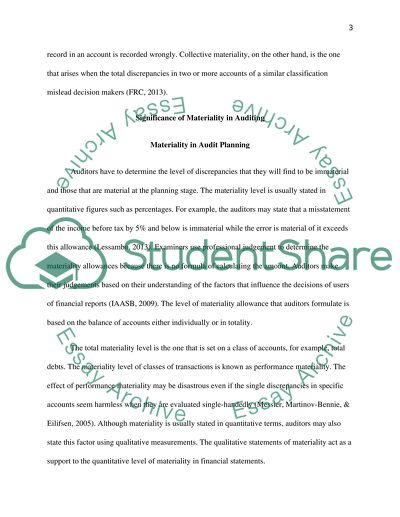Cite this document
(“Materiality in Auditing Essay Example | Topics and Well Written Essays - 2000 words - 6”, n.d.)
Retrieved de https://studentshare.org/finance-accounting/1670912-materiality-in-auditing
Retrieved de https://studentshare.org/finance-accounting/1670912-materiality-in-auditing
(Materiality in Auditing Essay Example | Topics and Well Written Essays - 2000 Words - 6)
https://studentshare.org/finance-accounting/1670912-materiality-in-auditing.
https://studentshare.org/finance-accounting/1670912-materiality-in-auditing.
“Materiality in Auditing Essay Example | Topics and Well Written Essays - 2000 Words - 6”, n.d. https://studentshare.org/finance-accounting/1670912-materiality-in-auditing.


